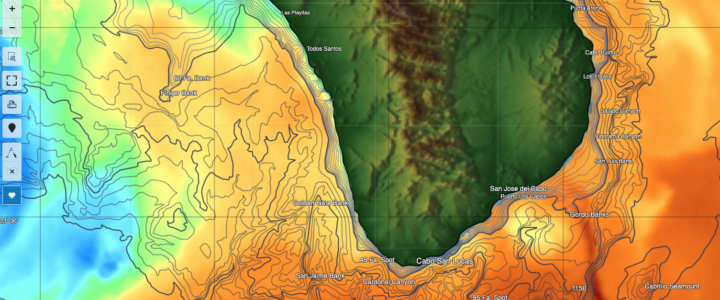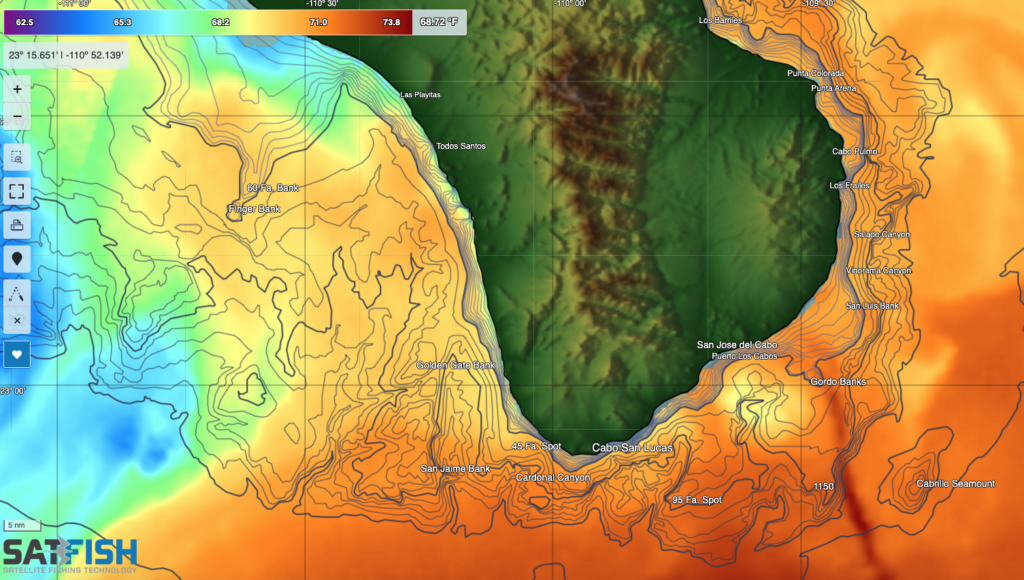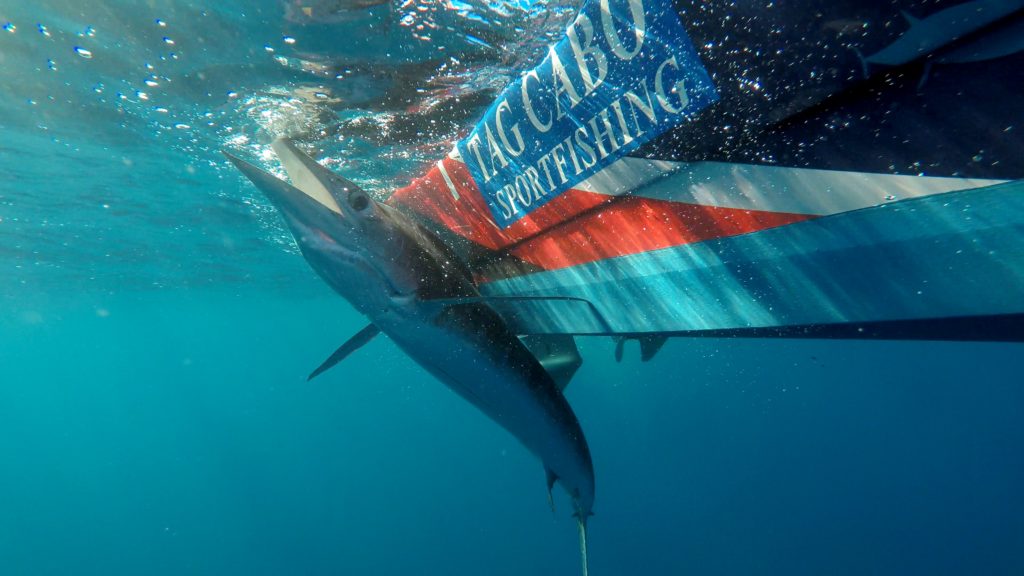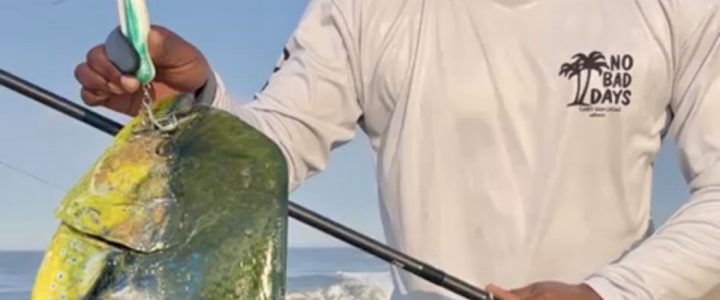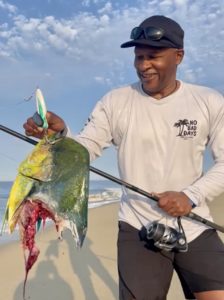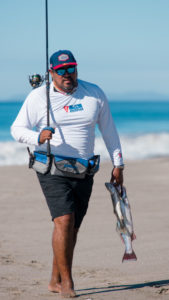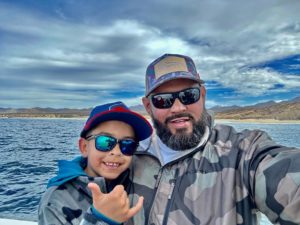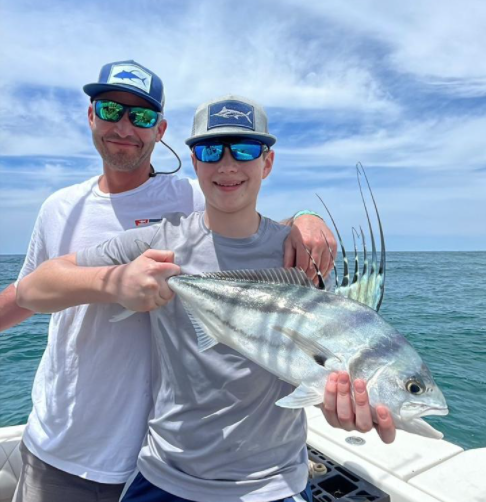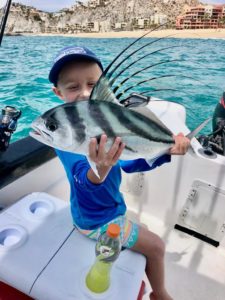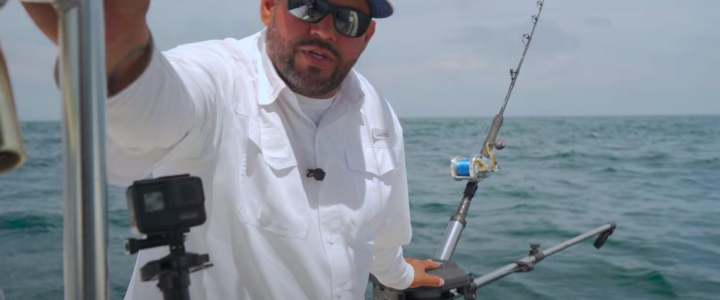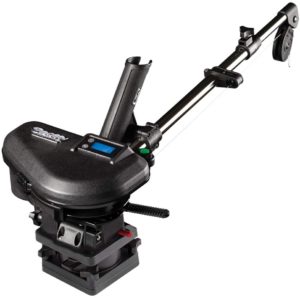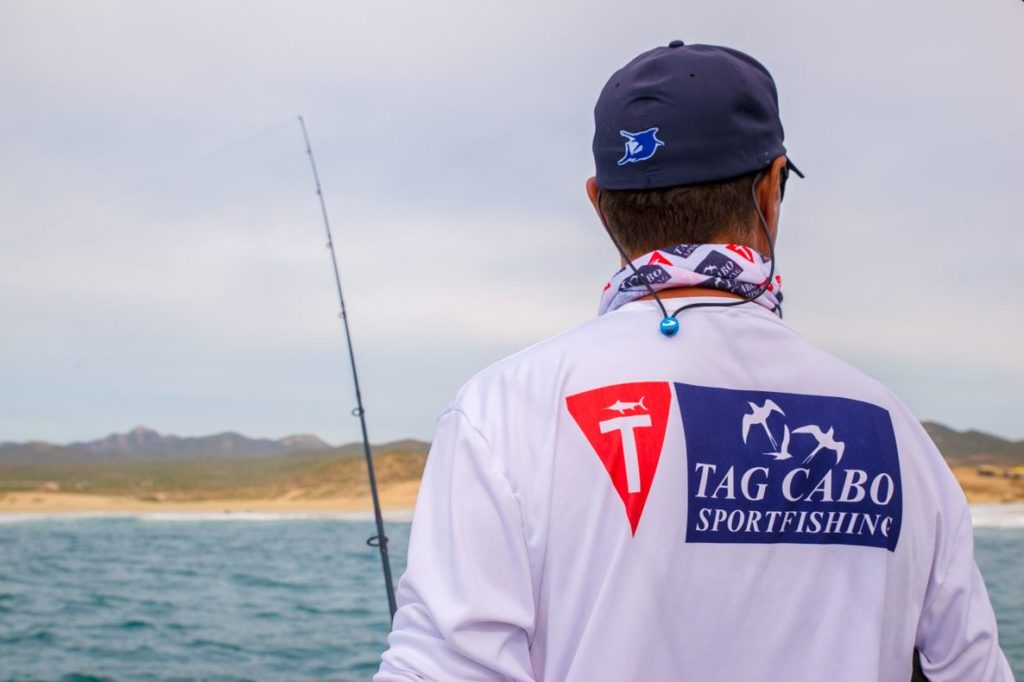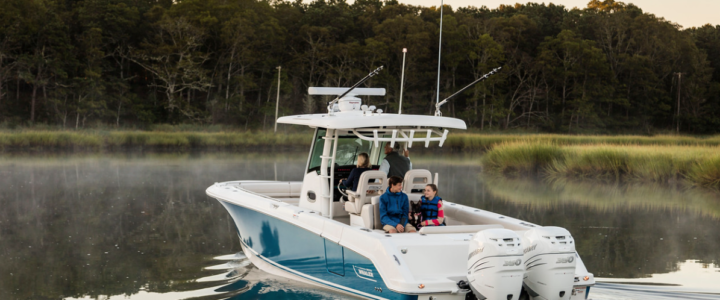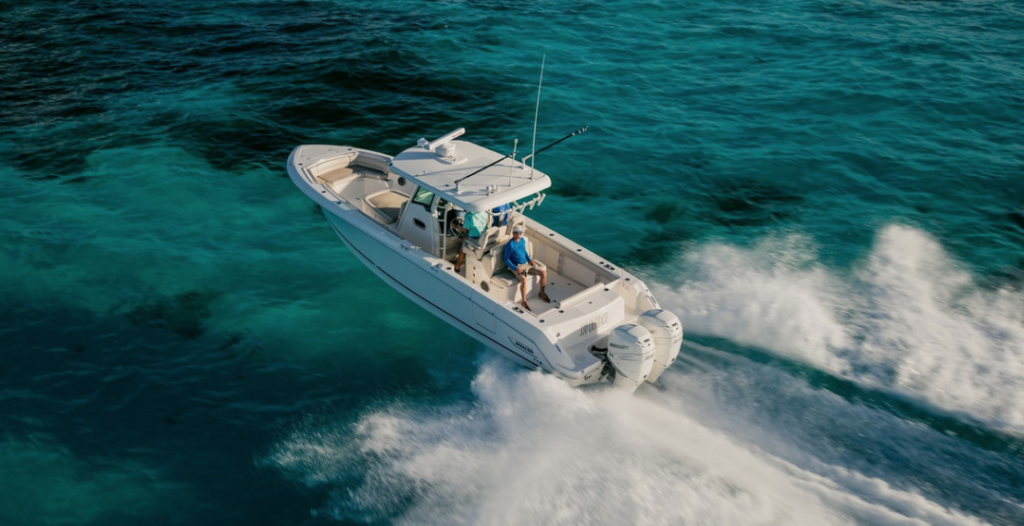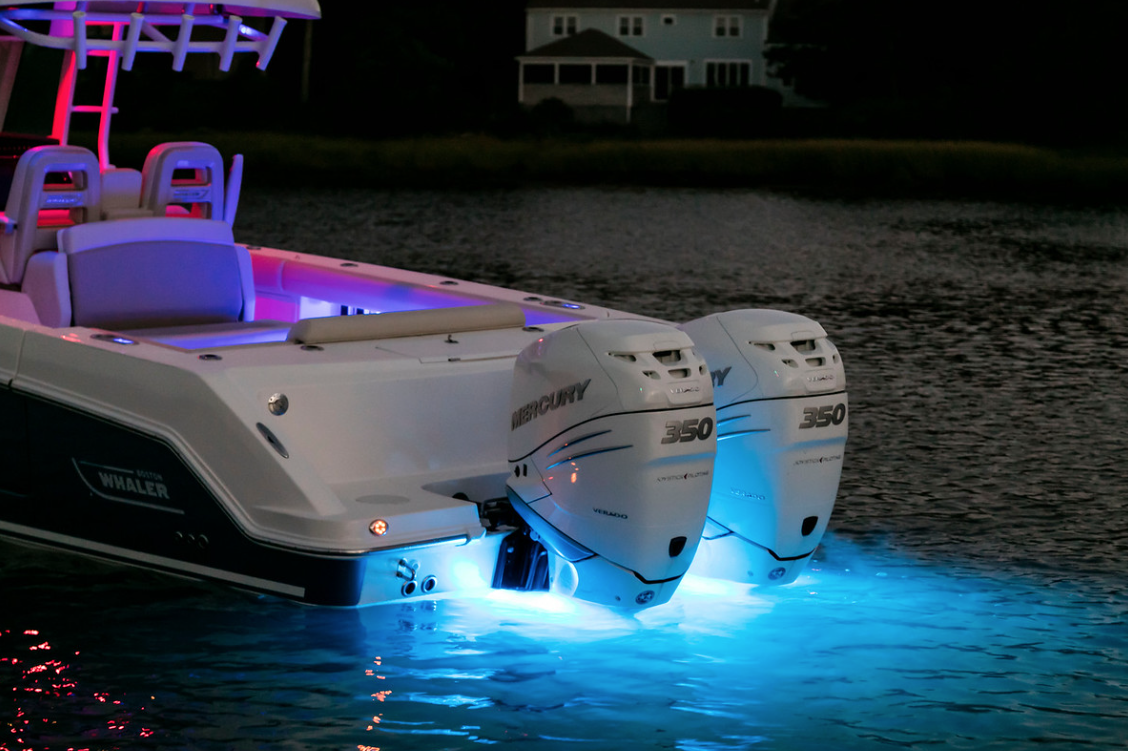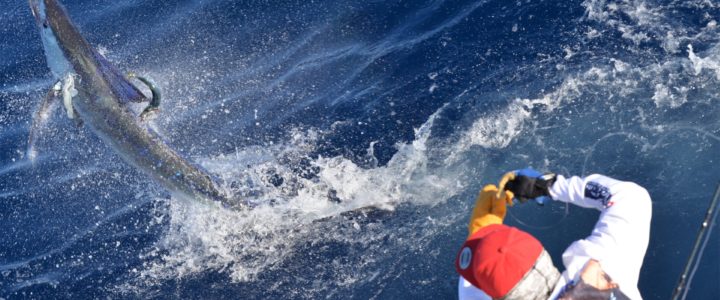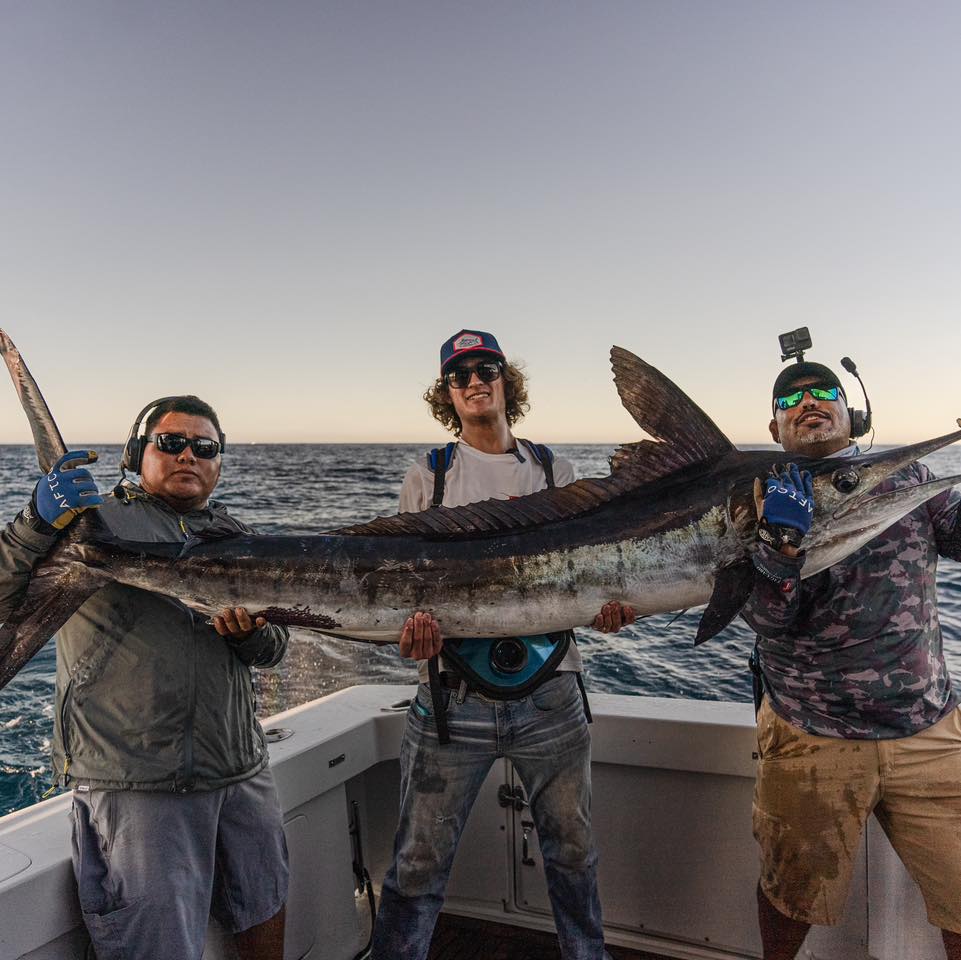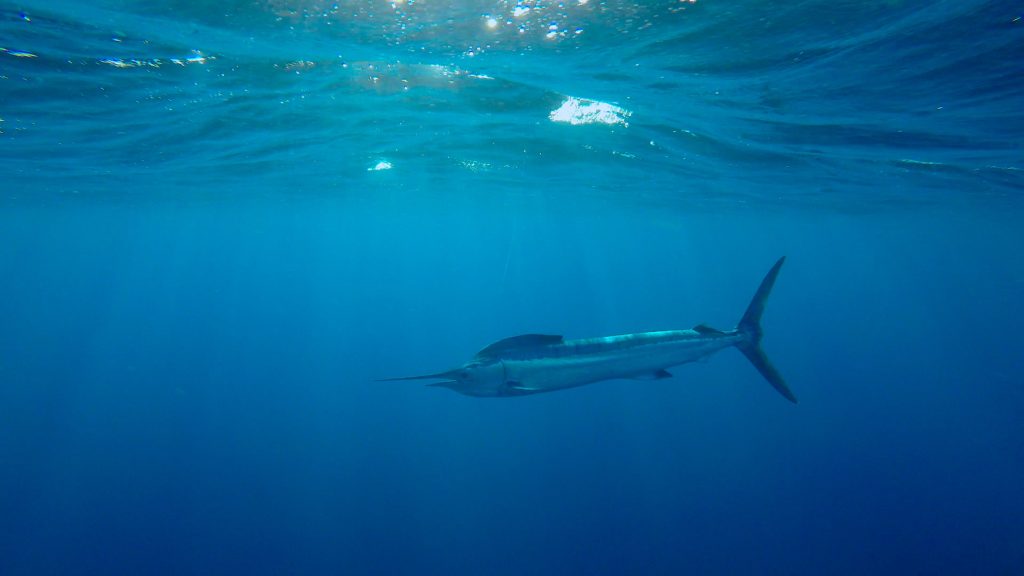Revolutionize Your Sportfishing Experience with SatFish: A Message from Arturo Chacon, Owner of Tag Cabo Sportfishing
Hello, fellow fishing enthusiasts! My name is Arturo Chacon, and I am the proud owner of Tag Cabo Sportfishing. As a passionate angler and experienced charter operator, I am always on the lookout for new tools and technologies that can enhance the fishing experience for myself and our valued clients. That’s why I am thrilled to introduce you to SatFish, a groundbreaking technology that is changing the way we approach offshore angling. In this blog post, I will share with you what SatFish is, how it works, and why I believe it is an invaluable tool for anyone who loves offshore fishing.
What is SatFish?
SatFish is a state-of-the-art offshore angler’s toolkit designed to help you find the most productive fishing grounds with ease. By combining a variety of data sources, such as high-definition satellite imagery, bathymetry, wind forecasts, real-time buoy reports, and advanced trip planning tools, SatFish enables anglers to “fish smarter” and increase their chances of catching more fish on every trip.
Key Features of SatFish: Used promo code TAGCABO to get a $20 usd discount.
- High-Definition Satellite Data: SatFish makes use of high-definition satellite imagery to provide users with accurate data on sea surface temperature (SST), chlorophyll concentrations, and more. This information helps anglers identify areas with the most favorable conditions for fish, making it easier to locate prime fishing spots.
- High-Definition Bathymetry and Depth Contours: By incorporating high-definition bathymetric data and depth contours, SatFish allows users to easily identify underwater structures and features, such as seamounts, canyons, and reefs, which are known to attract fish.
- Wind Forecasts and Real-Time Buoy Reports: Weather plays a crucial role in offshore angling. SatFish provides wind forecasts and real-time buoy reports, helping anglers plan their trips around favorable weather conditions and avoid potentially dangerous situations.
- Advanced Trip Planning Tools: SatFish offers a suite of advanced trip planning tools that enable users to create custom waypoints, calculate fuel consumption, and more. These tools help anglers efficiently plan their trips and make the most out of their time on the water.
Why Use SatFish?
As the owner of Tag Cabo Sportfishing, I can attest to the numerous advantages of using SatFish:
- Increased Efficiency: SatFish helps us locate productive spots quickly and easily, reducing the time spent searching for fish and ensuring a more enjoyable experience for our clients.
- Improved Safety: Access to real-time weather and buoy data allows us to monitor changing conditions and make informed decisions about our safety and that of our clients while out on the water.
- Enhanced Trip Planning: The advanced trip planning tools offered by SatFish help us optimize our time on the water by planning routes, calculating fuel consumption, and more.
- Greater Success: Ultimately, the information and tools provided by SatFish help us catch more fish, leading to happier clients and a more successful charter operation.
I firmly believe that SatFish is a game-changing technology for offshore anglers and charter operators like us at Tag Cabo Sportfishing. By using SatFish, you can not only increase your chances of catching more fish but also enhance your overall safety and efficiency while out on the water. I invite you to give SatFish a try and see the difference it can make in your offshore angling adventures.
Are you ready to experience the advantages of SatFish on your next fishing trip? Join us at Tag Cabo Sportfishing and let our expert team show you how to maximize your offshore angling experience with the power of SatFish.
Book your Tag Cabo Sportfishing adventure now at tagsportfishing.com
Visit our website at fishing in Cabo san Lucas or contact us directly at +52 624 168 9544 or tagsportfishing@gmail.com to reserve your spot on one of our premium fishing charters. Don’t miss the opportunity to make unforgettable memories, catch more fish, and explore the incredible waters off the coast of Cabo San Lucas.
Make Sure you follow SatFish social media to stay up to date.
- Facebook: SatFish offshore
- Instagram: SatFish/offshore
Tight lines and happy fishing!

